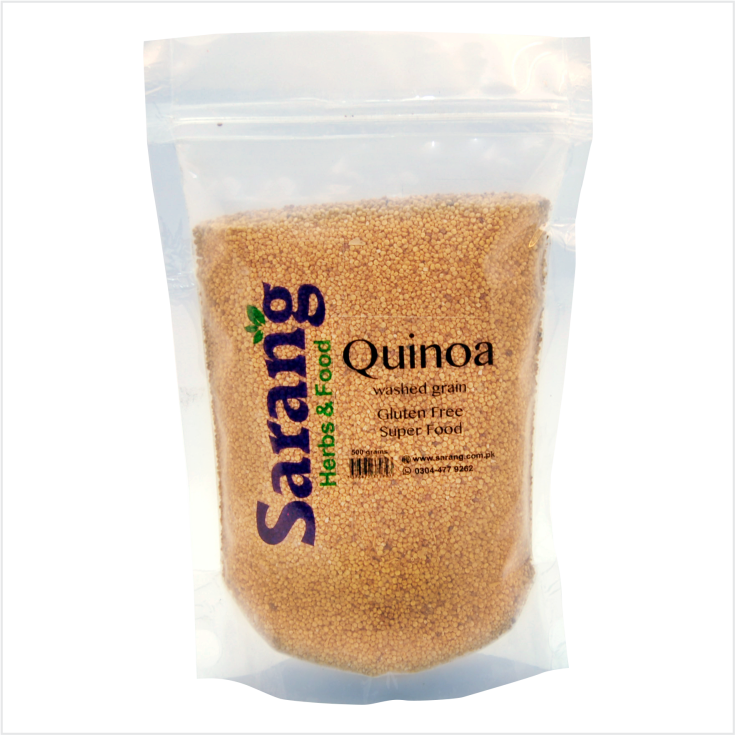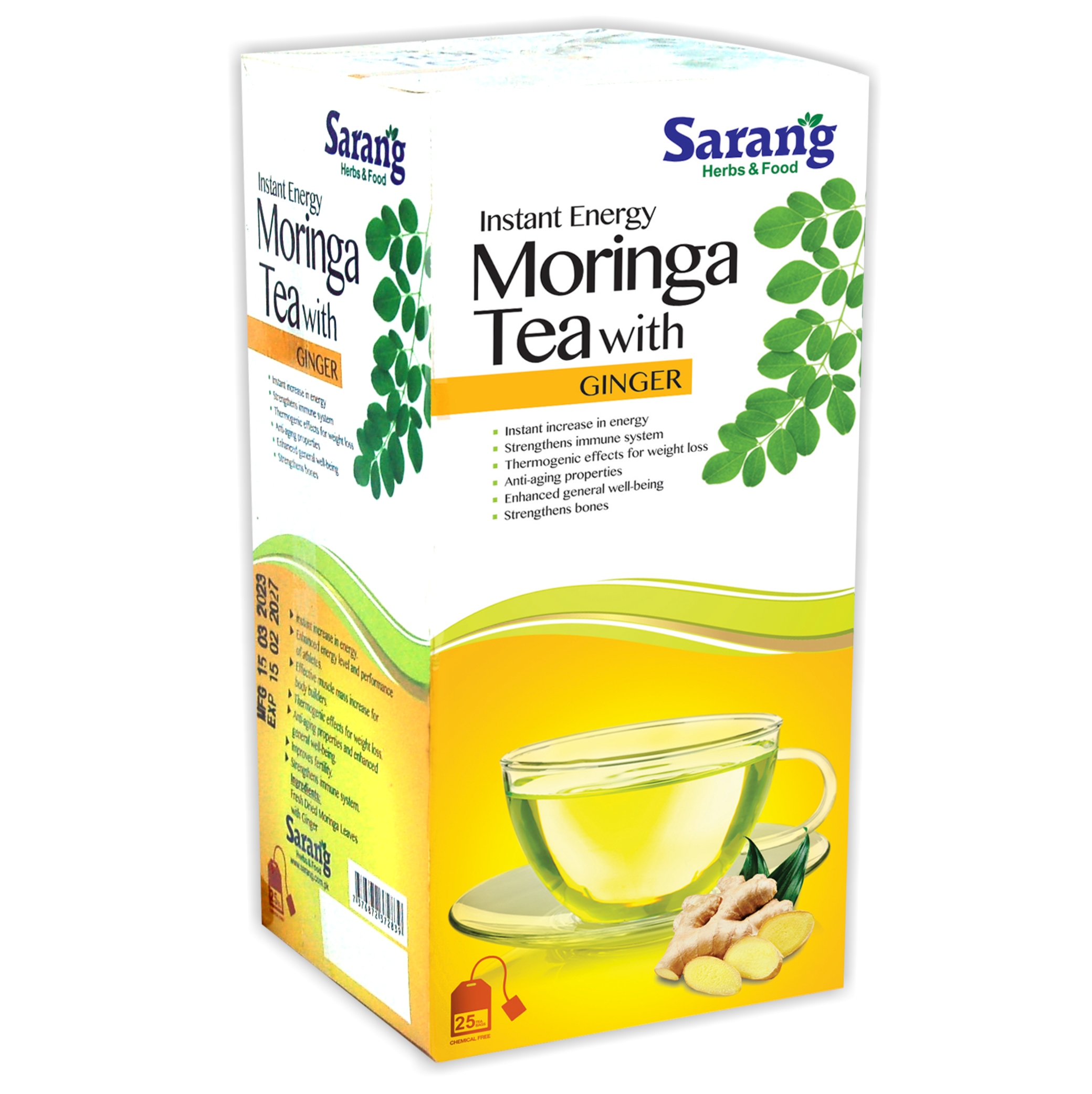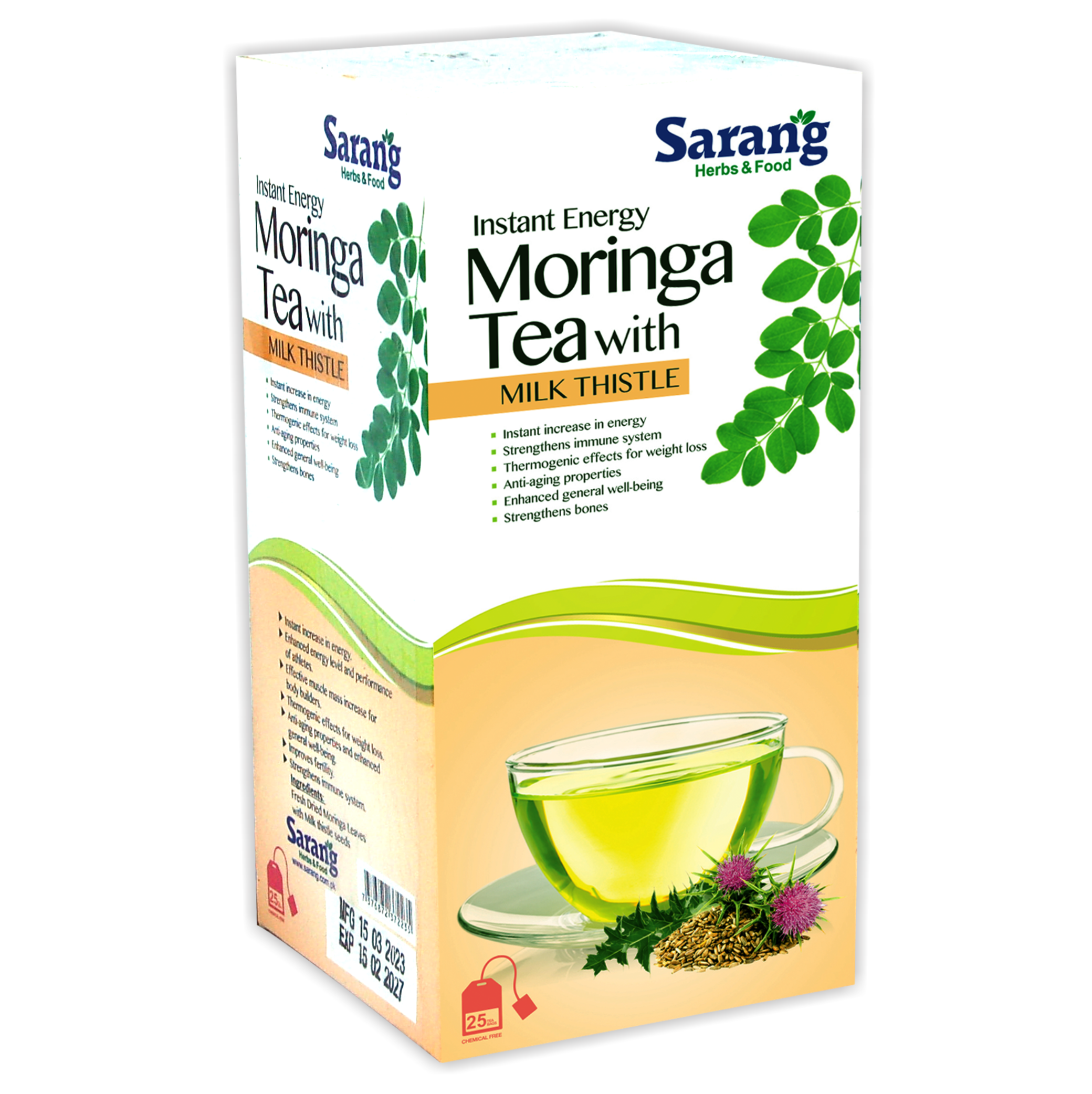Description
Quinoa – The Super Food
Quinoa, pronounced ‘keen-wa’ is a great wheat-free alternative to starchy grains. Its botanical name is Chenopodium quinoa who is the close relative to Bathu (Chenopodium alba) a wild weed seen commonly in our fields. Quinoa is one of the Superfoods world has recognized. It was the staple food of Native Americans before the European discover America. A research commissioned by UN has rediscovered this wonderful superfood.
Quinoa is one of the world’s most popular health foods.
Quinoa is gluten-free, high in protein and one of the few plant foods that contain all nine essential amino acids.
Quinoa is among the least allergenic of all the grains, making it a fantastic wheat-free choice. Quinoa has an excellent amino acid profile, as it contains all nine essential amino acids making it a complete protein source. Quinoa is therefore an excellent choice for vegans who may struggle to get enough protein in their diets.
Quinoa is high in anti-inflammatory phytonutrients, which make it potentially beneficial for human health in the prevention and treatment of disease. Quinoa contains small amounts of the heart-healthy omega-3 fatty acids and, in comparison to common cereal grasses has a higher content of monounsaturated fat.
As a complete protein, quinoa contains all nine essential amino acids – including the elusive lysine and isoleucine acids, which most other grains lack. Naturally high in dietary fiber, quinoa is a slowly digested carbohydrate, making it a good low-GI option.
The UN named 2013 ‘International Quinoa Year’ in recognition of the crop’s high nutrient content. With twice the protein content of rice or barley, quinoa is also a very good source of calcium, magnesium, and manganese. It also possesses good levels of several B vitamins, vitamin E, and dietary fiber.
Cooked quinoa seeds become fluffy and creamy, yet maintains a slight crunch. It has a delicate and subtly nutty flavor, versatile for breakfast (as a cereal), lunch (as a salad) or dinner (as a side).
| Nutritional | Medicinal |
| Contains All Amino Acids | Low on the Glycemic Index |
| High in Fiber | Helps Balance Blood Sugar Levels |
| High in Iron | Has Antiseptic Properties |
| High in Mg, Mn, Zn, Fe | Supports a Gluten-free diet |
| High in Riboflavin | Potentially Anti-Inflammatory |
| Contains Lysine | Low in Sodium |
| Contains Flavonoids | Helps Lower Blood Pressure |
| Good Source of B Vitamins | Helps Lower Cholesterol |
| Helps You Avoid Getting Fat | |
| Supports Weight Loss Efforts |
This is the nutrient content in 1 cup (185 grams). This applies to cooked quinoa (2):
- Protein: 8 grams.
- Fiber: 5 grams.
- Manganese: 58% of the RDA.
- Magnesium: 30% of the RDA.
- Phosphorus: 28% of the RDA.
- Folate: 19% of the RDA.
- Copper: 18% of the RDA.
- Iron: 15% of the RDA.
- Zinc: 13% of the RDA.
- Potassium: 9% of the RDA.
- Over 10% of the RDA for vitamins B1, B2, and B6.
- Small amounts of calcium, B3 (niacin) and vitamin E.
This is coming with a total of 222 calories, with 39 grams of carbs and 4 grams of fat. It also contains a small amount of omega-3 fatty acids.
Quinoa is non-GMO, gluten-free and usually grown organically. Even though technically not a grain, it still counts as a whole grain food.
Contains the plant compounds quercetin and kaempferol
It contains large amounts of flavonoids, including quercetin and kaempferol. These are potent plant antioxidants with numerous health benefits.
Very high in fiber, much higher than most grains
Quinoa is much higher in fiber than most grains, with one source finding 17-27 grams of fiber per cup
Gluten-free and perfect for people with gluten intolerance
Quinoa is naturally free of gluten and using it instead of typical gluten-free ingredients can increase the antioxidant and nutrient value of a gluten-free diet.
Very high in protein, with all the essential amino acids
It is high in protein compared to most plant foods. It also contains all the essential amino acids that we need.
Has a low glycemic index, which is good for blood sugar control
The glycemic index is a measure of how quickly foods raise blood sugar levels.
It is known that eating foods that are high on the glycemic index can stimulate hunger and contribute to obesity.
Such foods have also been linked to many of the chronic, Western diseases that are so common today, like type 2 diabetes and heart disease.
Quinoa has a glycemic index of 53, which is considered low
High in important minerals like iron and magnesium
There are many nutrients in the modern diet that people tend to be lacking in.
This is particularly true of some minerals, especially magnesium, potassium, zinc and (for women) iron.
Interestingly, quinoa is very high in all 4 minerals. It is particularly high in magnesium, with one cup having about 30% of the RDA.
Has beneficial effects on metabolic health
Given the high amount of beneficial nutrients, it makes sense that quinoa could lead to improvements in metabolic health.
Very high in antioxidants
Quinoa also happens to be very high in antioxidants.
Antioxidants are substances that neutralize free radicals and are believed to help fight aging and many diseases.
May help you lose weight
In order to lose weight, we need to take in fewer calories than we burn.
It is known that certain properties of foods can facilitate this process, either by boosting metabolism (increasing calories out) or reducing appetite (lowering calories in).
Interestingly, quinoa has several such properties.
It is high in protein, which can both increase metabolism and reduce appetite significantly.
The high amount of fiber should also help to increase feelings of fullness, making you eat fewer calories overall.
The fact that quinoa has a low glycemic index is another important feature, but choosing such foods has been linked to reduced calorie intake






Reviews
There are no reviews yet.